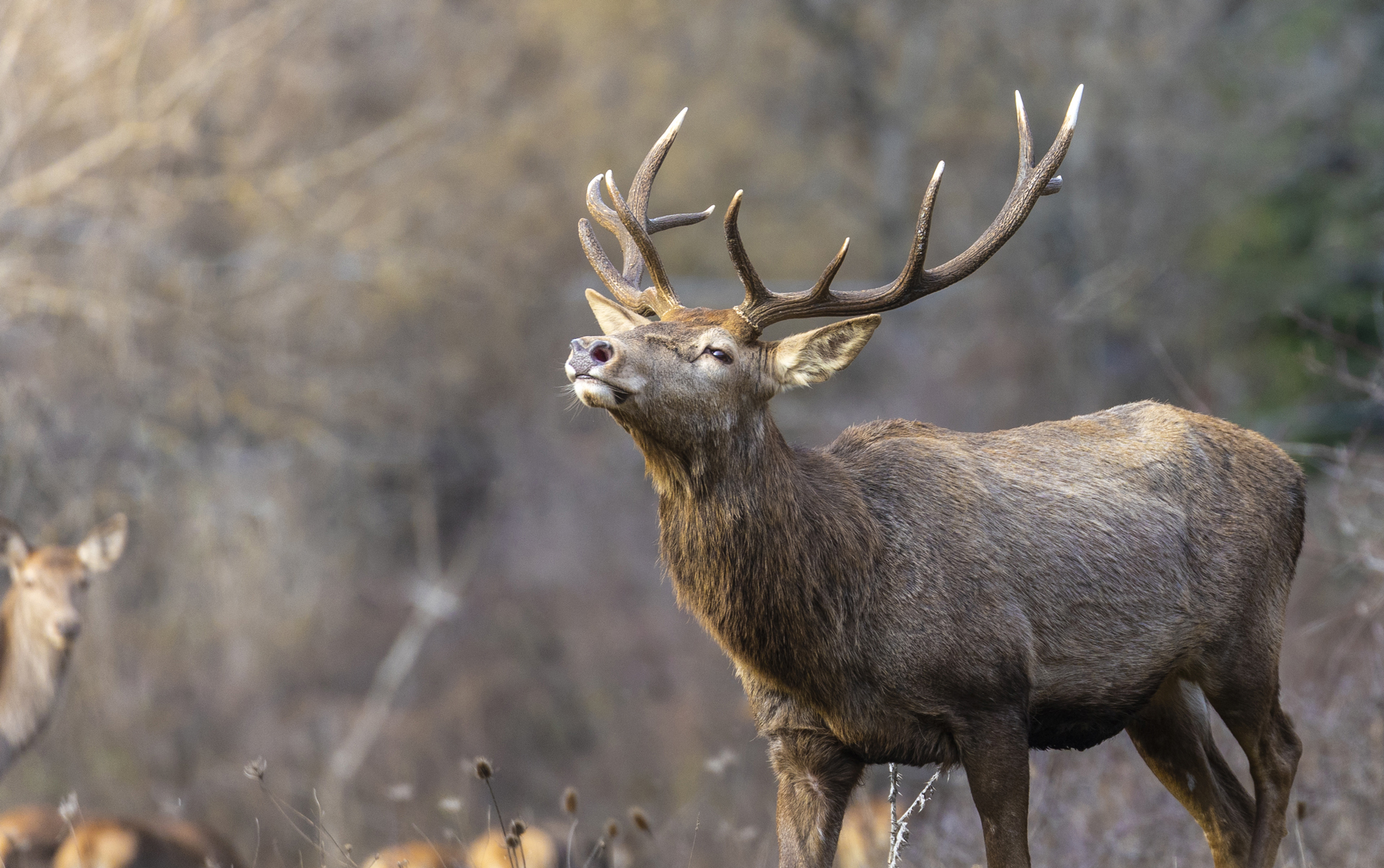Earlier this month we had the pleasure of accompanying a couple of wildlife photographers for two days focused on wildlife watching in the Abruzzo, Lazio and Molise National Park, looking for great Mammals that live in the central Apennines.
We leave Rome at 05:30 AM, so as to cross the Forca d’Acero area early in the morning. This suggestive mountain pass welcomes us with the warm colors of the tree crowns that stand out from the discontinuous snow cover.
At the first stop, we begin to take up positions inside a mixed woodland in search of the first photographic opportunities. Despite the numerous traces – footprints and scats – that testify to a frequent passage of Deers, the only animals we observe are small Passerines, including a Dunnok (Prunella modularis). Continuing the short walk we find a small trace of Italian Wolf, the target species of our short Abruzzo tour!
Dunnok. Photo by Francesco Simonetta.
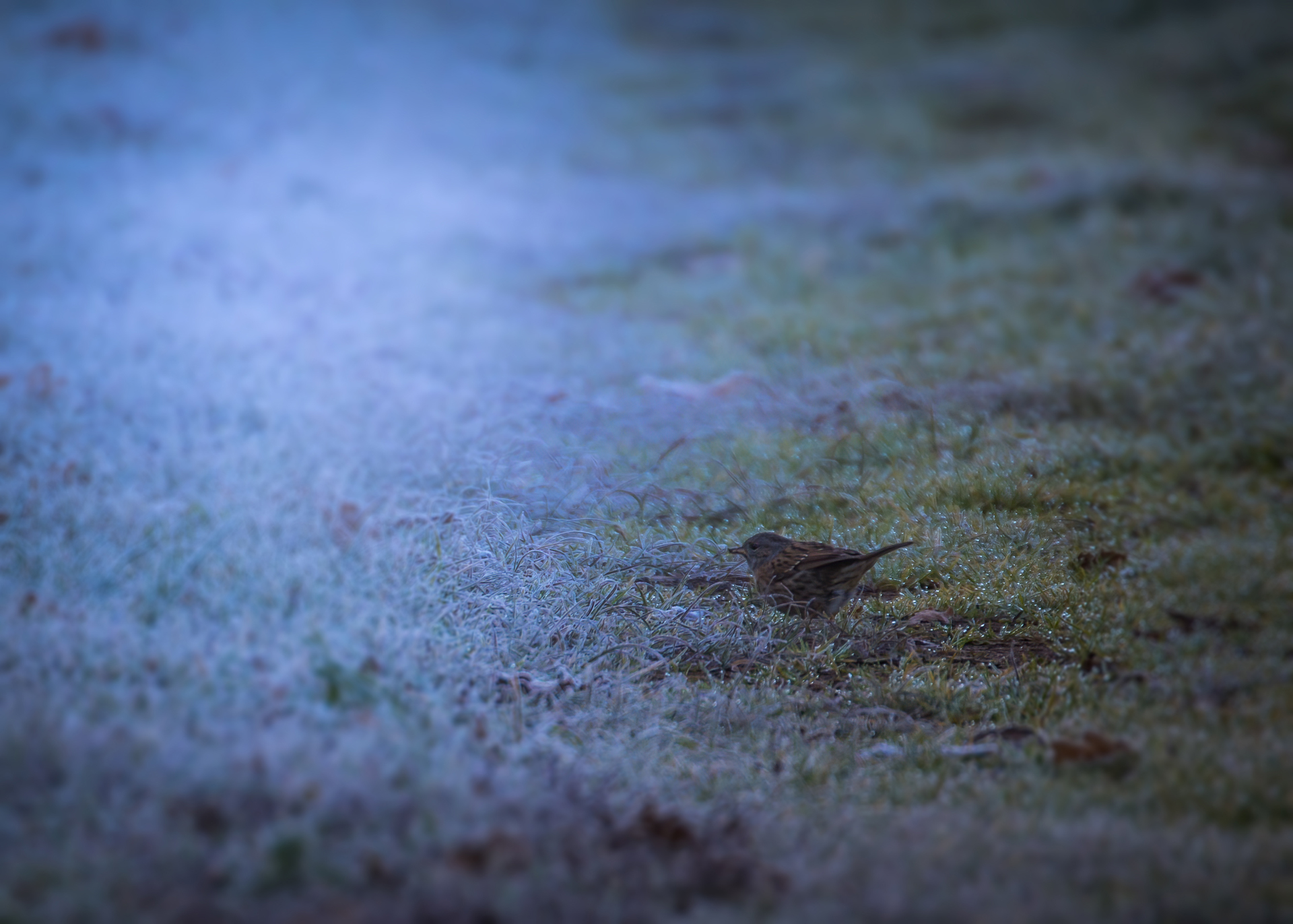
After a short time we finally spot the first Red Deer (Cervus elaphus): a beautiful male with a showy stag, composed of even 17 points, which unfortunately disappears in the dense vegetation.
We therefore decide to wait for a possible passage of other individuals and, shortly afterwards, a small herd, composed of an adult male, some youngs and a dozen of females, approaches. This stops not very far, allowing us numerous photos.
Red Deer. Photo by Francesco Simonetta.
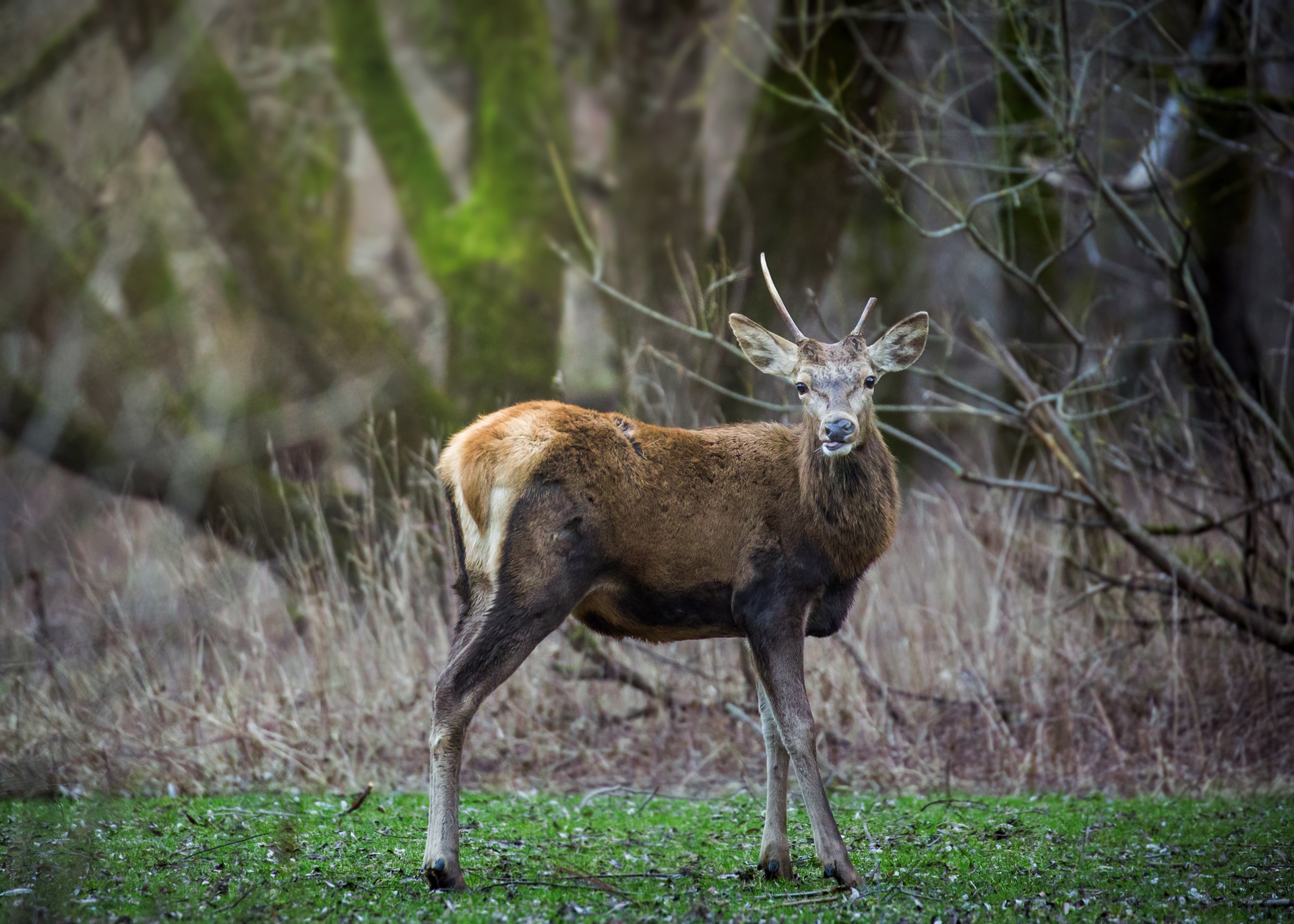
Red Deer. Photo by Francesco Simonetta.
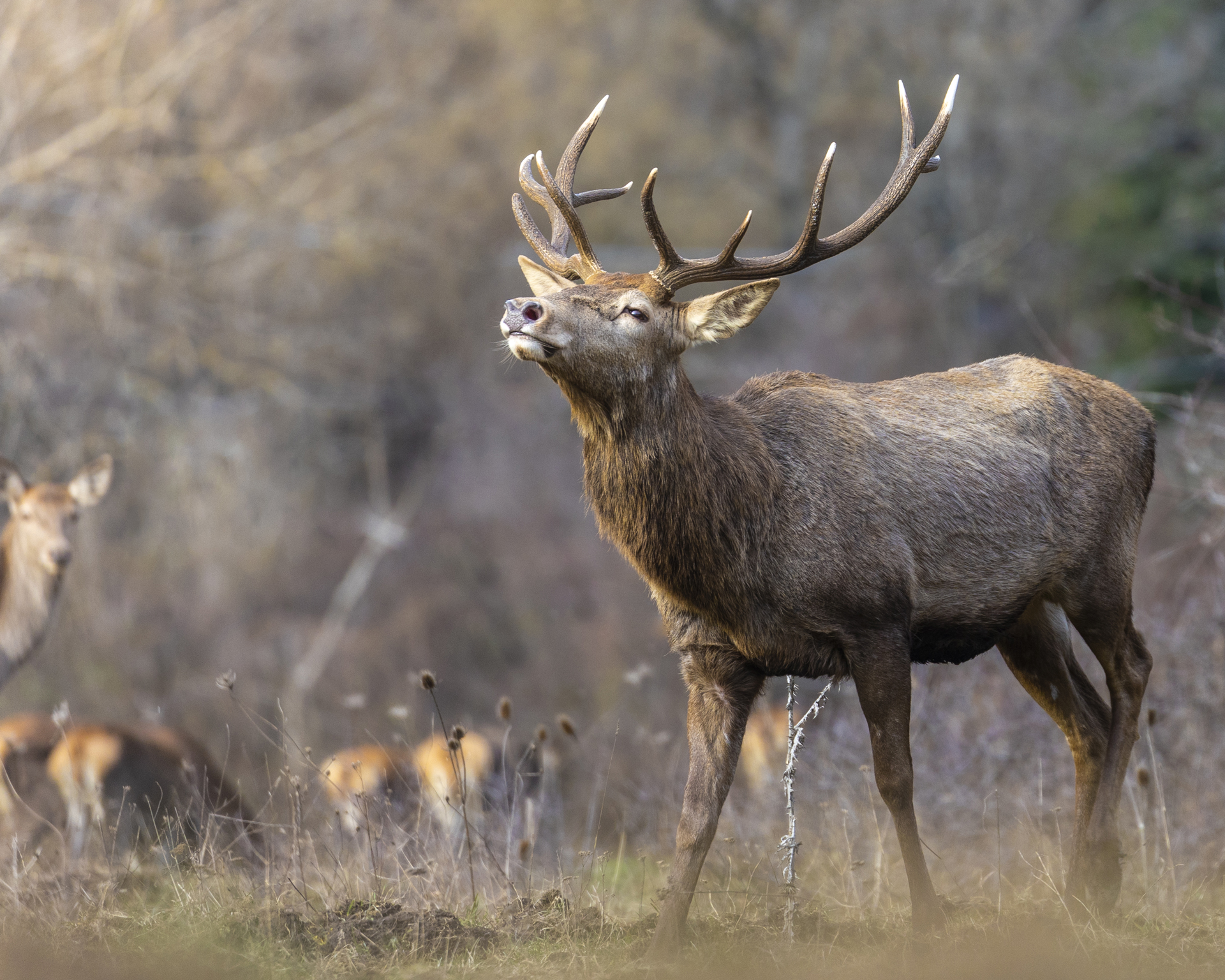
After a quick packed lunch and we head near a valley, where there is still some frozen snow. We hide with the hope of spotting some animals.
While some Deer move on the opposite side of the valley in the distance, a Fox (Vulpes vulpes) appears from the vegetation after about half an hour and cautiously inspects an area covered by mud.
We do not know how much the individual can be accustomed to the human presence but we, as always, avoid any behavior that could induce an animal approaching. This practice, unfortunately widespread not only among unwitting tourists but also among some nature photographers, is extremely harmful to wildlife.
Some animals, in fact, have now identified man as a safe source of food, not only due to the presence of food scraps or waste near villages, but also as a result of those who, with the hope of doing a good deed or worse still with the aim of publishing close-up shots on social networks, approaches Foxes and other animals with various types of food.
Fox. Photo by Francesco Simonetta.
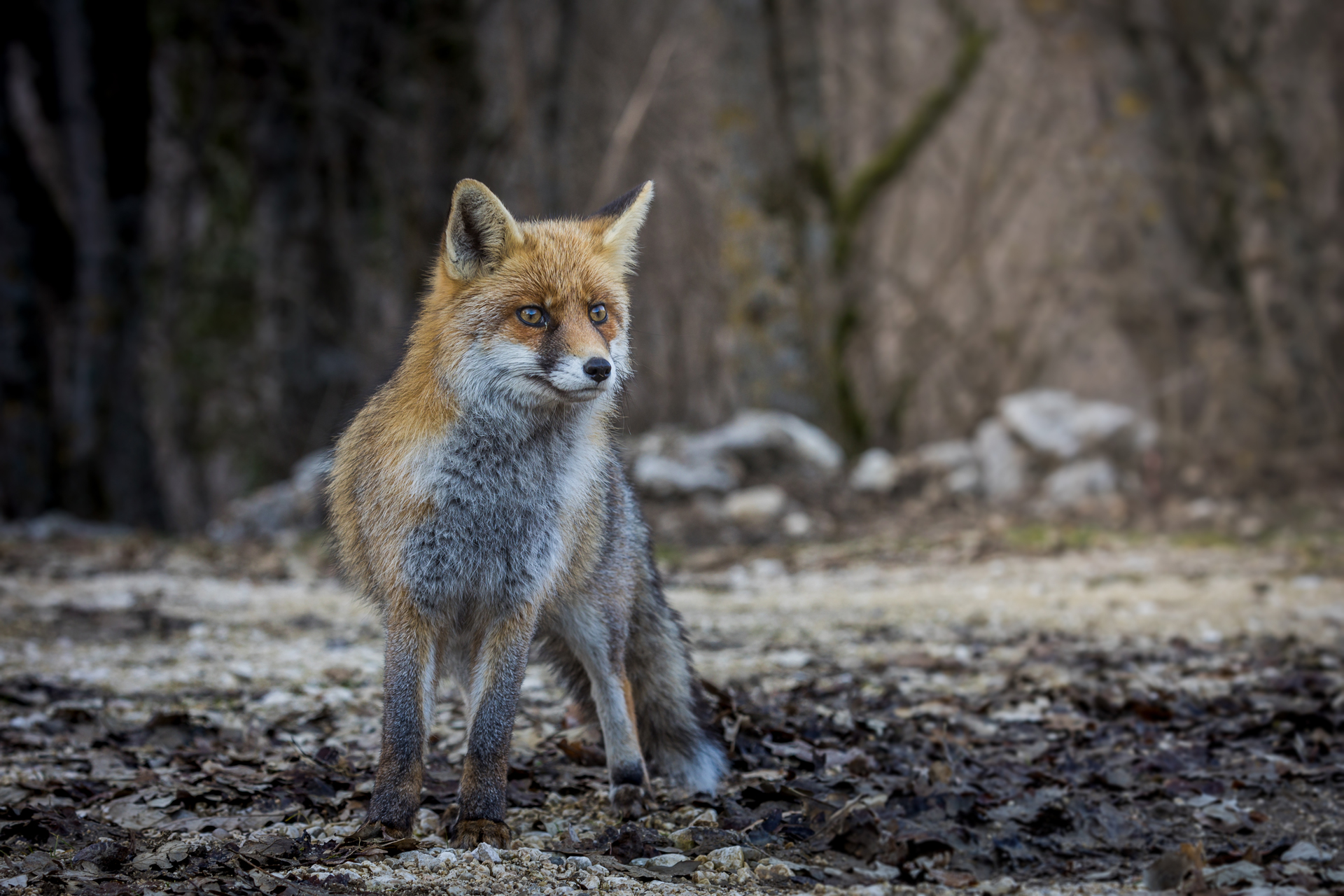
In addition to the possibility of modifying animal’s diet, behaviour and ecological role, pathologies can be caused in animals that consume industrial food and produced for human consumption and, again, there is the risk of becoming more and more accustomed to our presence the wild, abolishing the barrier between humans and the animals and increasing episodes of roadkilling or aggression on humans and pets.
In fact, it is specified that the pictures shown here were taken at a distance of about ten meters with the aid of professional optics and that, therefore, we did not come close to the animals in any way.
It is now dusk and we end the day with a last stakeout. In the distance, we hear the call of a Marsican Brown Bear echoing from the woods. Even if we can’t spot anything, the emotion is very strong.
Coal Tit. Photo by Francesco Simonetta.
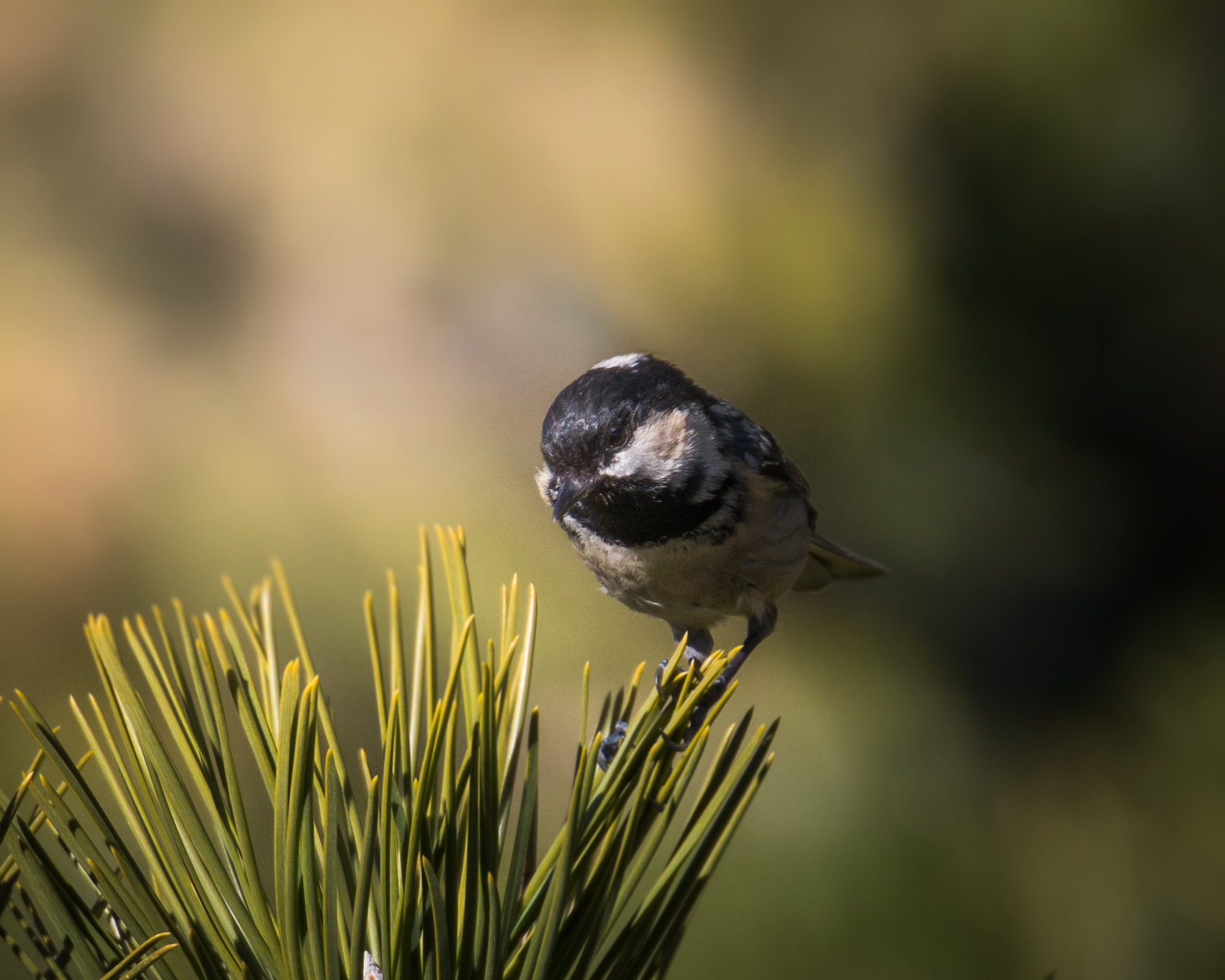
Equipped with binoculars, spotting scopes, professional lenses and good hope, the following day we hide at another site at dawn. Along the short path that will take us to the observation point, incredulous, we manage to spot a magnificent specimen of Italian Wolf (Canis lupus italicus)!
The individual is quite far away and the light is not yet suitable, but we still manage to take some documentary pictures, enjoying the observation to the fullest thanks to our binoculars.
Italian Wolf. Photo by Francesco Simonetta.
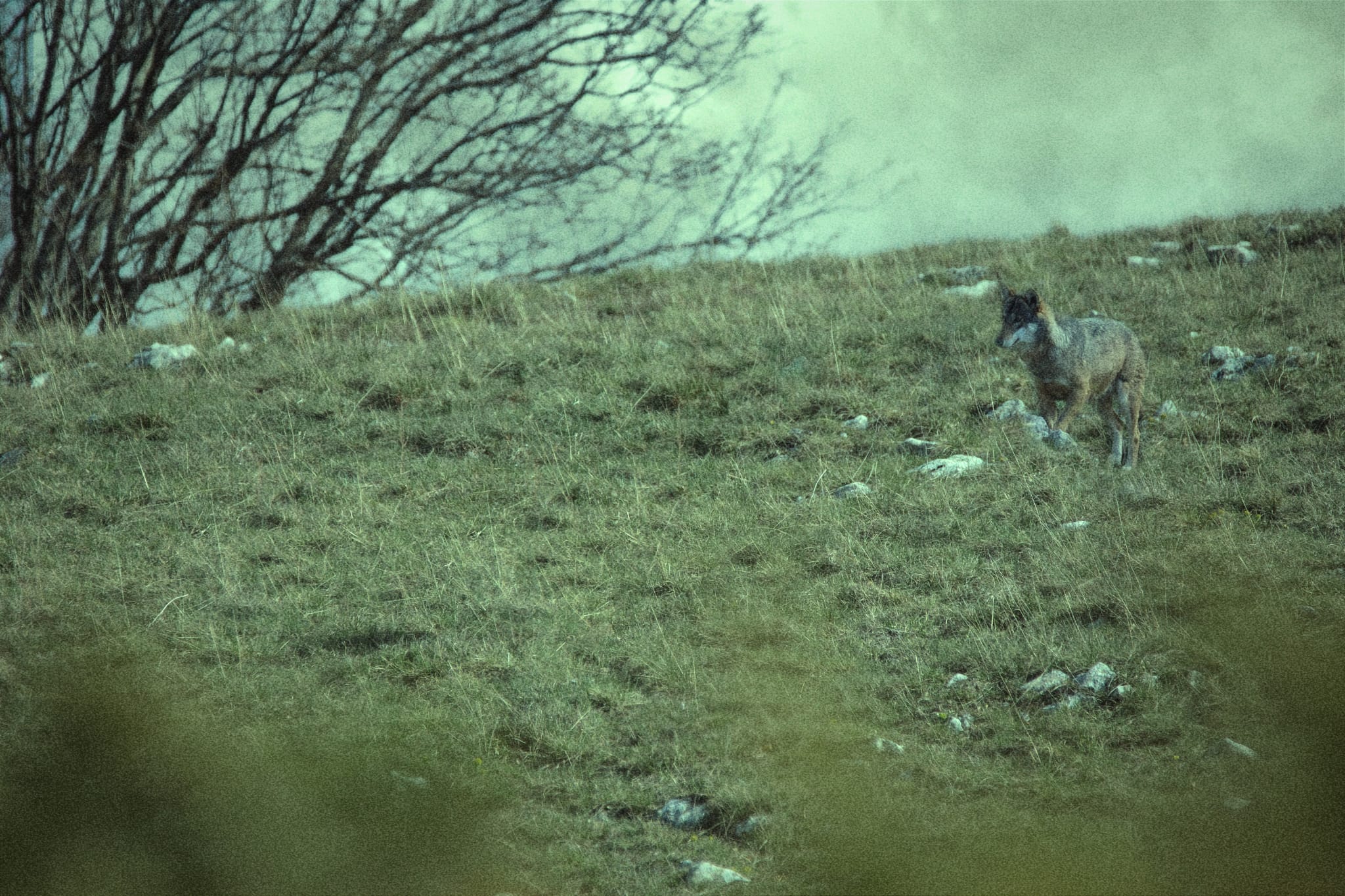
Already satisfied with the observation, we set ourselves for a few hours hidden among some shrubs. Here we photograph another Red Fox, walking on a snow-covered clearing: the soft light helps to make the scenery even more wintry.
Red Fox. Photo by Francesco Simonetta.
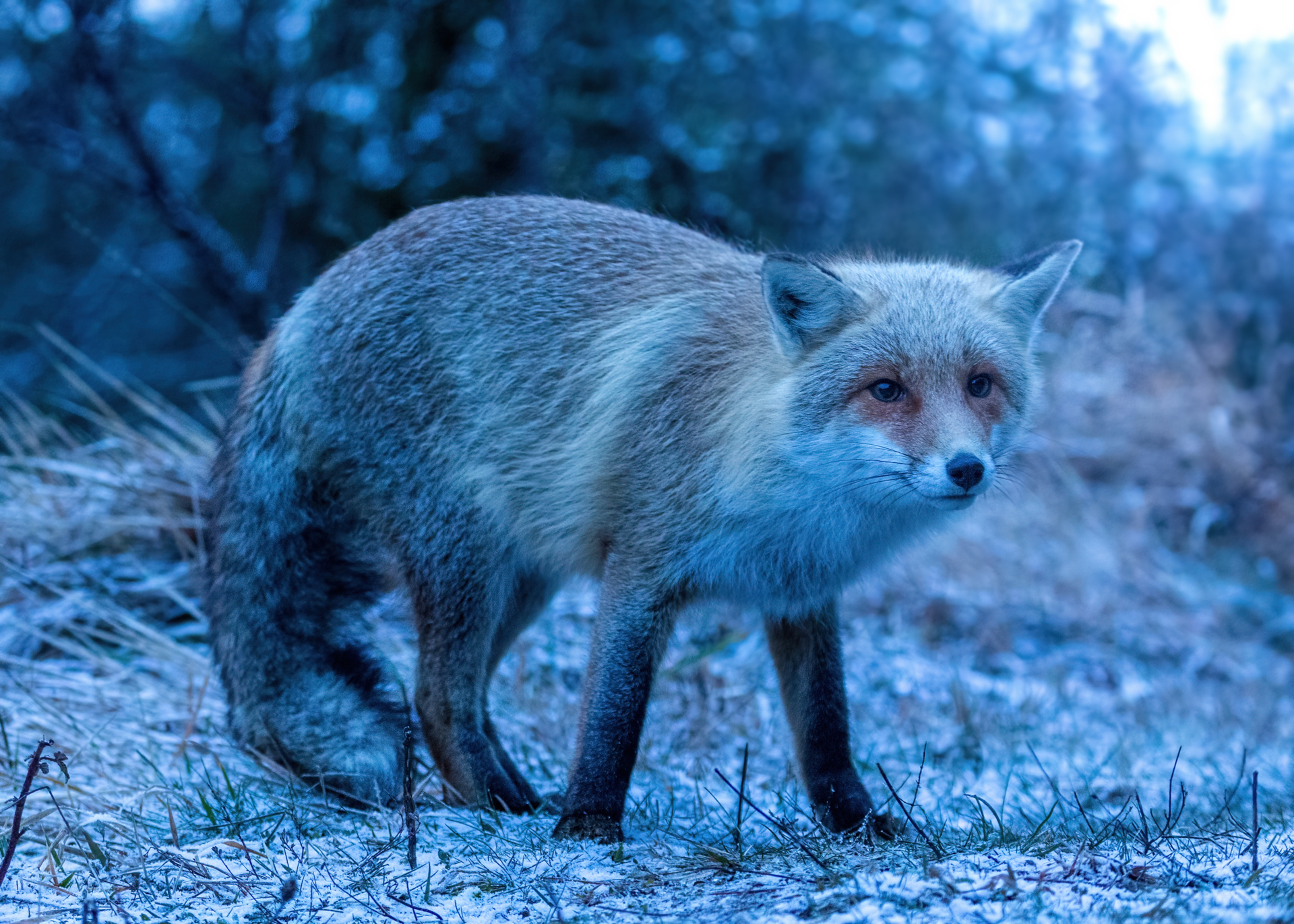
Continuing the exploration, we find numerous signs of Wild Boar presence and a wide trail of Wolf left in the mud along with two scats. We conclude the last minutes of the tour near a pine forest where Abruzzo greets us with the last memorable observation: a small flock of Common Crossbills (Loxia curvirostra) can be admired in all the splendor of their plumage and their characteristic bill!
Common Crossbill. Photo by Francesco Simonetta.
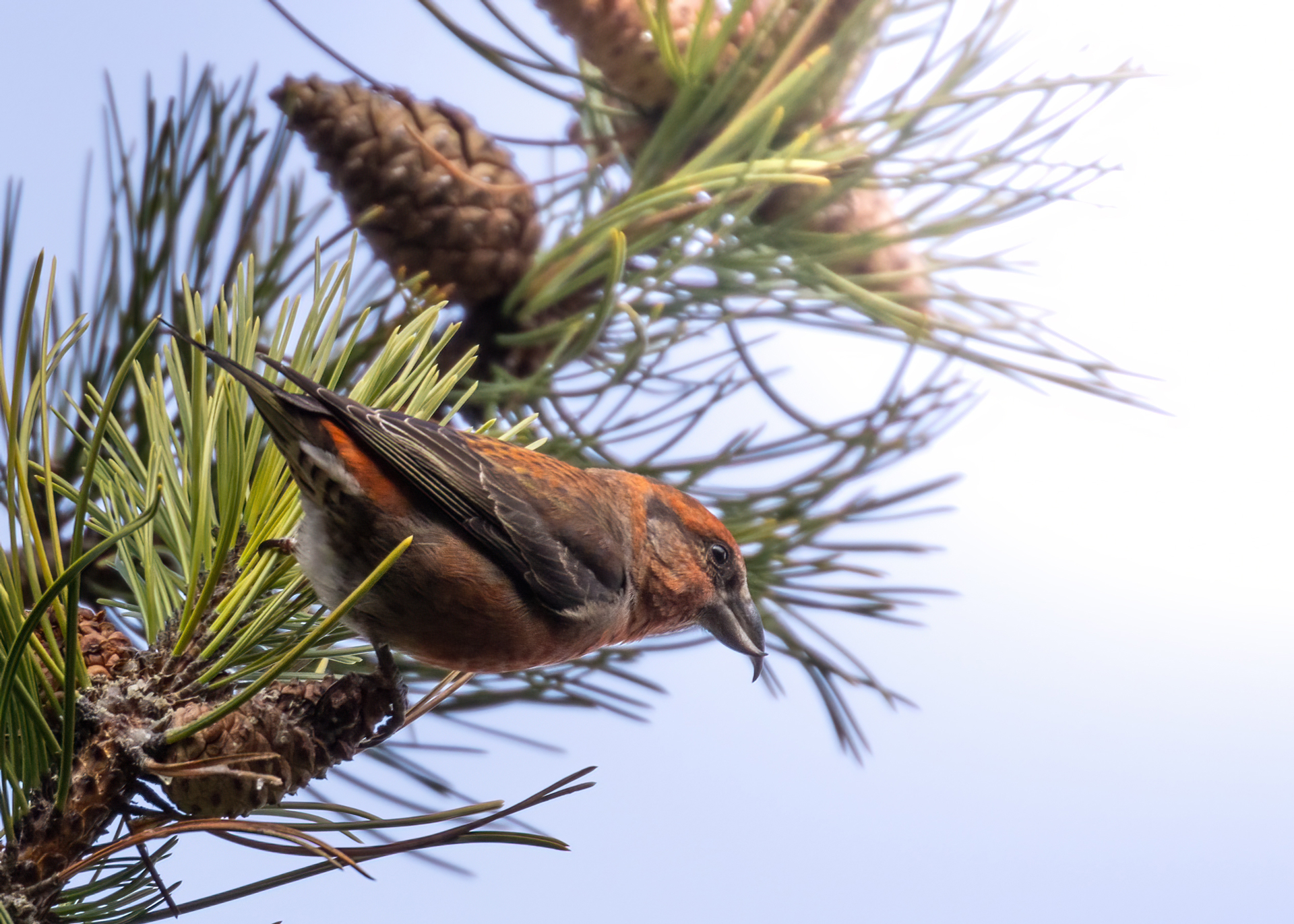
Common Crossbill. Photo by Francesco Simonetta.
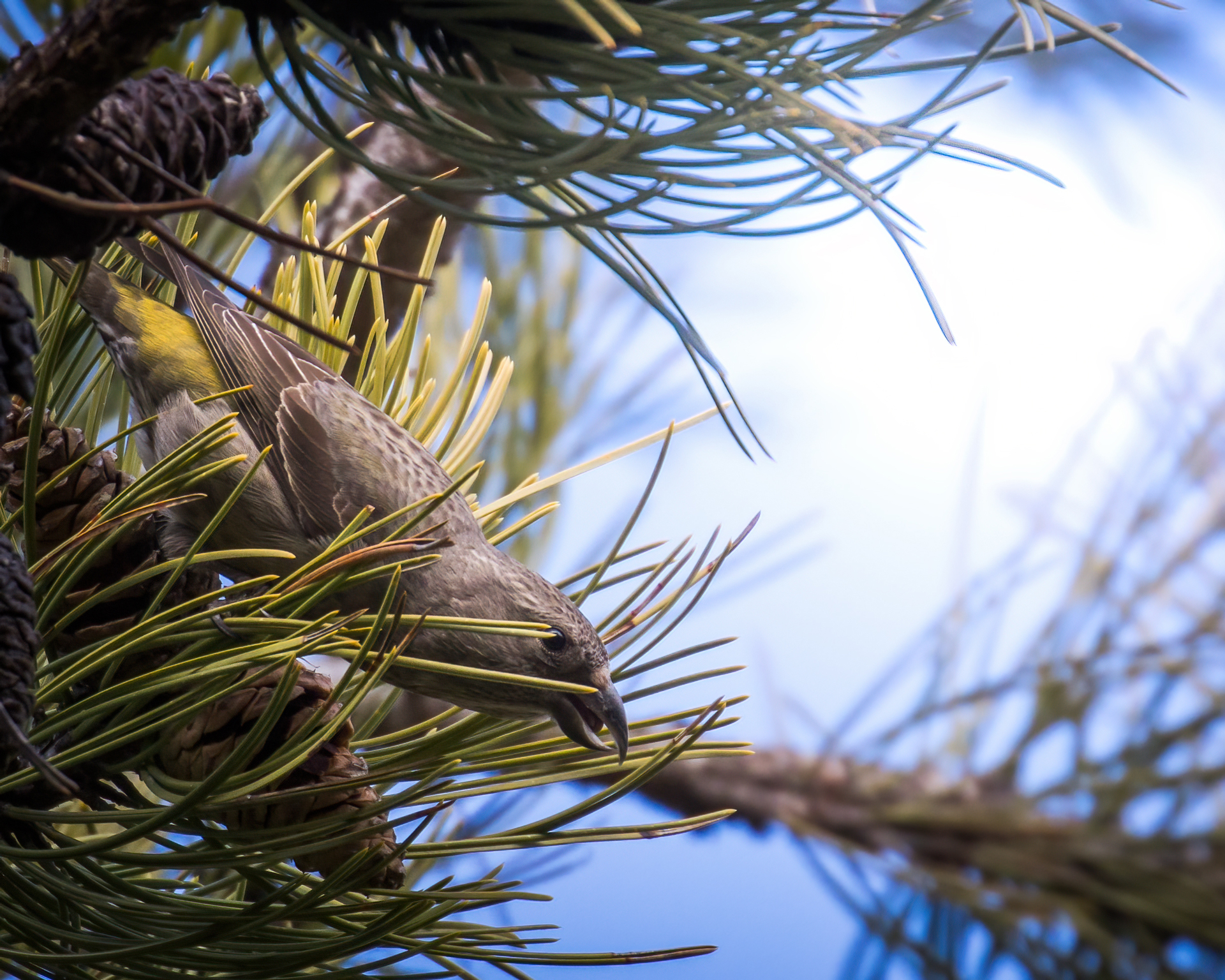
Thus ends our mammal watching adventure, as always it is difficult for us to return to the city after spending two days deepen among woods and mountains!
Red Deer. Photo by Francesco Simonetta.
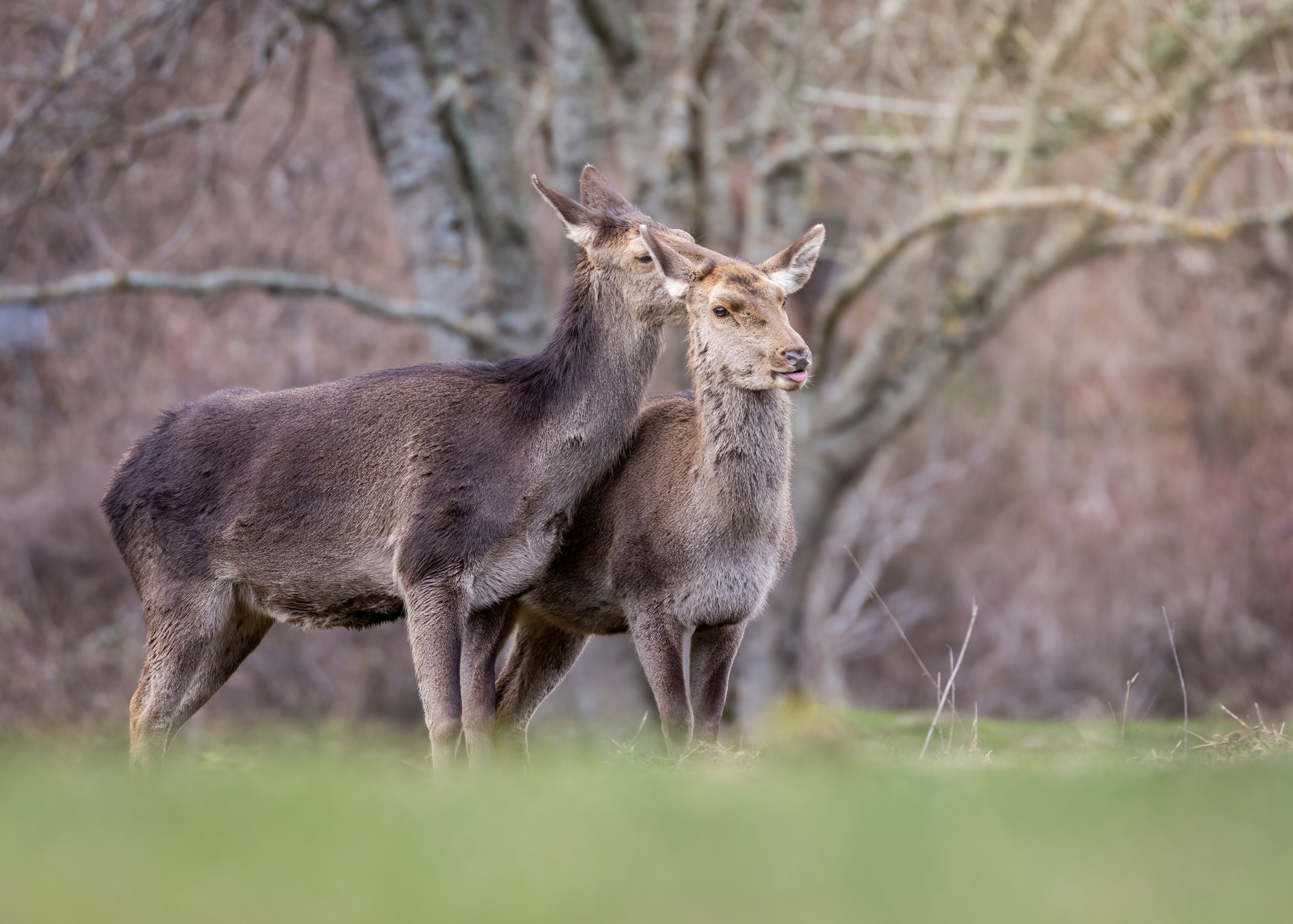
CHECKLIST
MAMMALS:
- Red Deer (Cervus elaphus)
- Wild Boar (Sus scrofa)
- Red Fox (Vulpes vulpes)
- Italian Wolf (Canis lupus italicus)
BIRDS:
- Mallard (Anas platyrhynchos)
- Common Buzzard (Buteo buteo)
- Common Kestrel (Falco tinnunculus)
- Feral Pigeon (Columba livia domestica)
- Wood Pigeon (Columba palumbus)
- Collared Dove(Streptopelia decaocto)
- Tawny Owl (Strix aluco)
- White Wagtail (Motacilla alba)
- Grey Wagtail (Motacilla cinerea)
- Dunnok (Prunella modularis)
- European Robin (Erithacus rubecula)
- Black Redstart (Phoenicurus ochruros)
- Common Blackbird (Turdus merula)
- Winter Wren (Troglodytes troglodytes)
- Great Tit (Parus major)
- European Blue Tit (Cyanistes caeruleus)
- Coal Tit (Periparus ater)
- Long-tailed Tit (Aegithalos caudatus)
- Eurasian Nuthatch (Sitta europaea)
- Short-toed Treecreeper (Certhia brachydactyla)
- Common Magpie (Pica pica)
- Eurasian Jay (Garrulus glandarius)
- Western Jackdaw (Corvus monedula)
- Hooded Crow (Corvus cornix)
- Common Starling (Sturnus vulgaris)
- Italian Sparrow (Passer italiae)
- Common Chaffinch (Fringilla coelebs)
- European Goldfinch (Carduelis carduelis)
- European Greenfinch (Chloris chloris)
- Common Crossbill (Loxia curvirostra)
